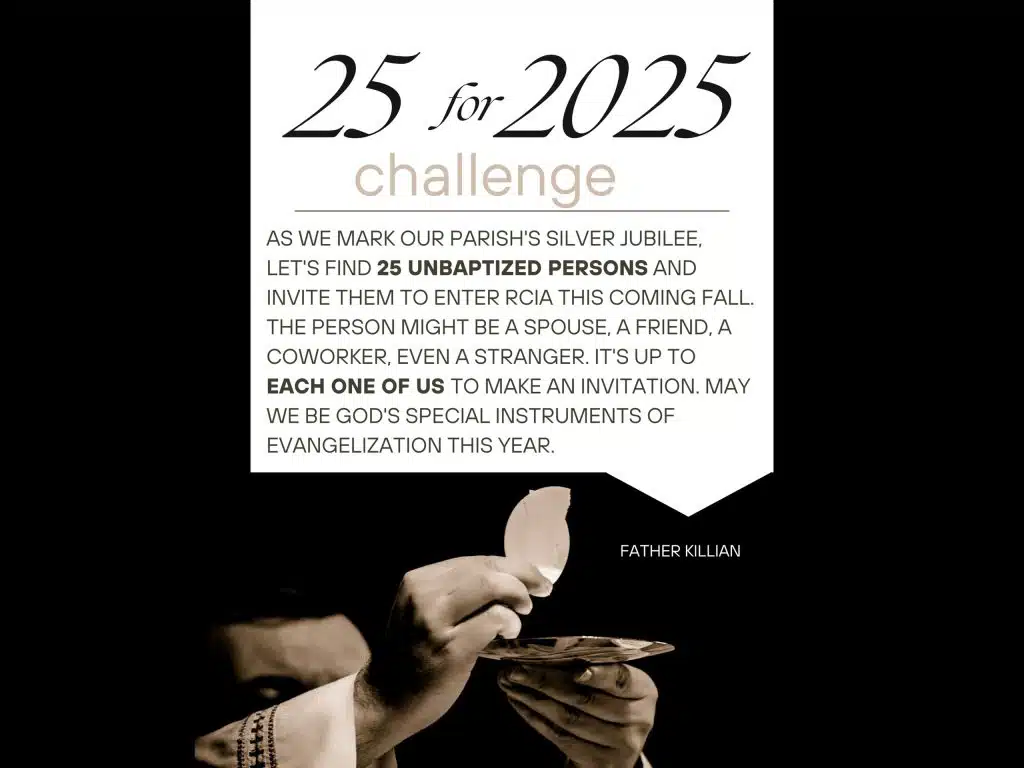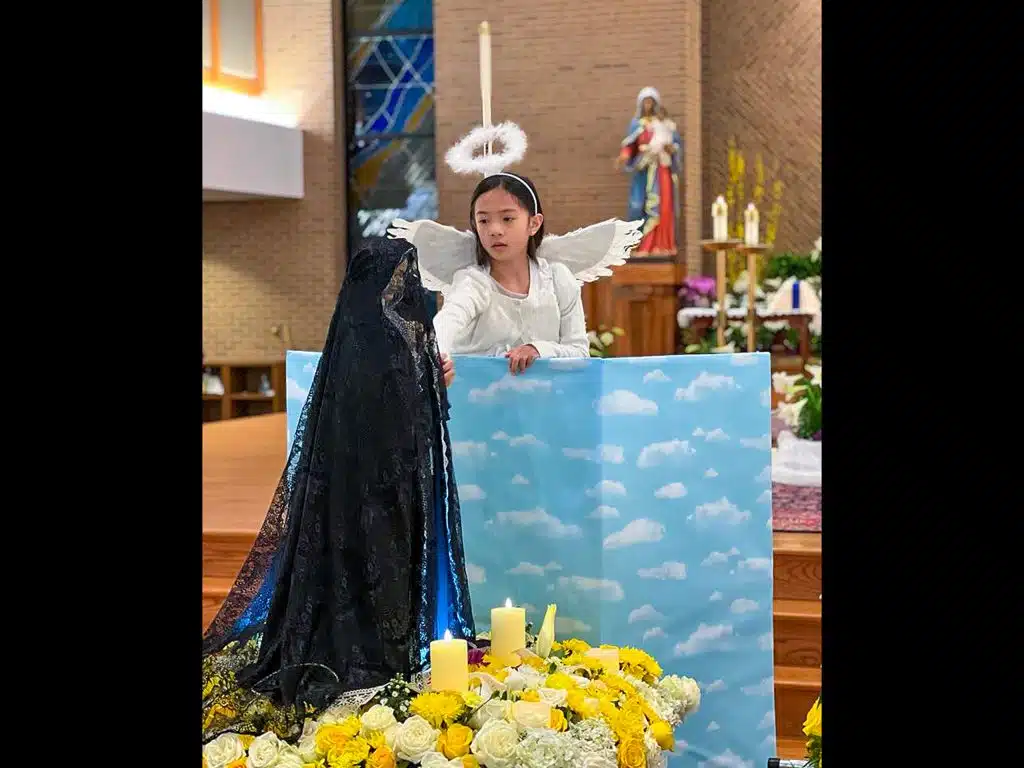For nine days beginning Dec. 15,
Filipino Catholics participate in Simbang Gabi, a novena preparing for the
birth of Christ.
Simbang Gabi is a traditional daily
Mass in English with music in Tagalog, the national language of the
Philippines. In 1997, St. Charles Borromeo Church in Arlington began observing
the tradition with a 5 a.m. Mass. The evening Masses formally started in the
Arlington Diocese in 2000 at several churches — St. Anthony in Falls Church,
Queen of Apostles in Alexandria, St. Bernadette in Springfield, St. Agnes in
Arlington, Christ the Redeemer in Sterling, Holy Family in Dale City, St.
Timothy in Chantilly and St. Charles, which only did evening Mass in 2000 and
returned to morning Mass the following year.
“Our Filipino Catholics use this as a
pilgrimage,” said Corinne Monogue, director of the diocesan Office of
Multicultural Ministries. “We have Masses in each of the (seven) deaneries
around the diocese.”
Following the evening Mass, there is
salu-salo, a form of fellowship and food reception that includes rice cakes,
warm ginger ale and different Filipino delicacies.
Each evening Mass draws between 250 and
350 people, mostly Filipinos and local parishioners. The number of participants
grows each Mass.
“We welcome all, and each year our
non-natives are growing by leaps and bounds,” said Monogue. “Last year I saw more
non-natives participating in Simbang Gabi than I have ever seen before and I’ve
been here since 2005.”
This is the first year Simbang Gabi
was held at St. Robert Bellarmine Chapel at George Mason University in Fairfax.
Nathan Tsuda, a senior at GMU, said it shows how unified the Catholic community
is here and around the world.
“It’s an awesome sight to see them
bringing such a profound tradition to a college campus,” he said.
Tsuda participated all nine nights last
year.
“The Masses are in preparation for the
birth of Jesus, getting mind, body and soul ready for the glory of Christmas
day,” he said.
Jet Sevilla, a parishioner of Christ
the Redeemer Church in Sterling, also attends all nine evenings.
“It’s my Christmas offering to God,”
he said. “It’s how I prepare myself for Christmas and I try to promote the
novena to others.”
Sevilla, who moved to Virginia from
the Philippines in 2000 and has been involved with Simbang Gabi since, has seen
growth and understanding of the novena and Filipino community.
He worked with Ed Tiong, the chief coordinator
for the Filipino Ministry of Northern Virginia, to urge pastors to bring
Simbang Gabi to their parishes. It started slowly, but with persistence,
Sevilla said they gained recognition. Now it has grown to more than 20 parishes,
with more volunteers and more coordinators in the parishes, according to
Sevilla. He was glad to see the first night at GMU.
“If we are going to continue, we need
the youth to learn about and practice the tradition,” he said.
Monogue said there is only one Mass
celebrated on the last day so the pilgrims can prepare for the birth of Christ
as a family with the bishop.
The final Mass will be celebrated by Arlington
Bishop Michael F. Burbidge Dec. 23 at St. Bernadette Church in Springfield at 7
p.m. Monogue said the Filipino community is overjoyed that they get to share
this longstanding cultural tradition and their Catholic identity with Bishop
Burbidge.
“At the salu-salo, (the Filipinos) are
looking forward to sharing some of their cultural dances, singing and other
expressions of their faith,” she said.
One part of the tradition is the use
of parols, or star-shaped paper lanterns made from rice paper and bamboo.
Traditionally, the parols were lit every morning and evening leading up to the
birth of Christ. The diocese sponsors a workshop at the beginning of Advent
every year.
The lanterns are used in the Simbang
Gabi procession and then often hung near the altar.
“They’re not as commonly lit anymore
now that we have electricity,” said Monogue. “They’re just a symbol and
representation of in all ways being vigilant of the coming of Our Savior, Our
Lord, Jesus Christ.”



